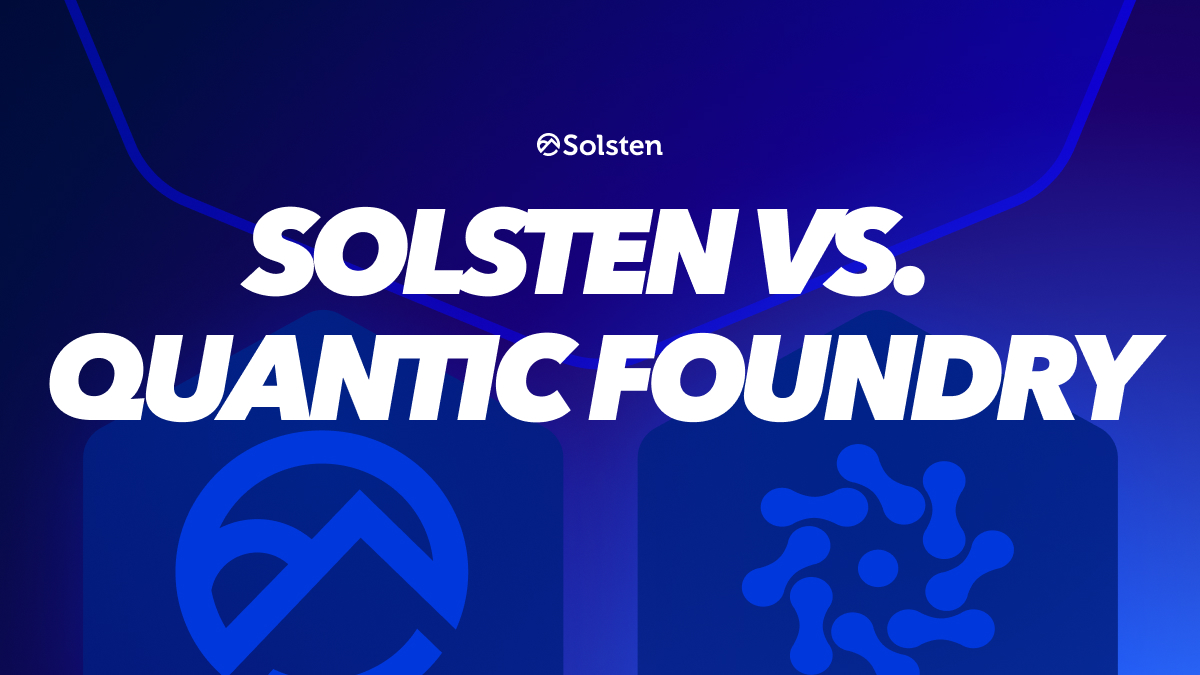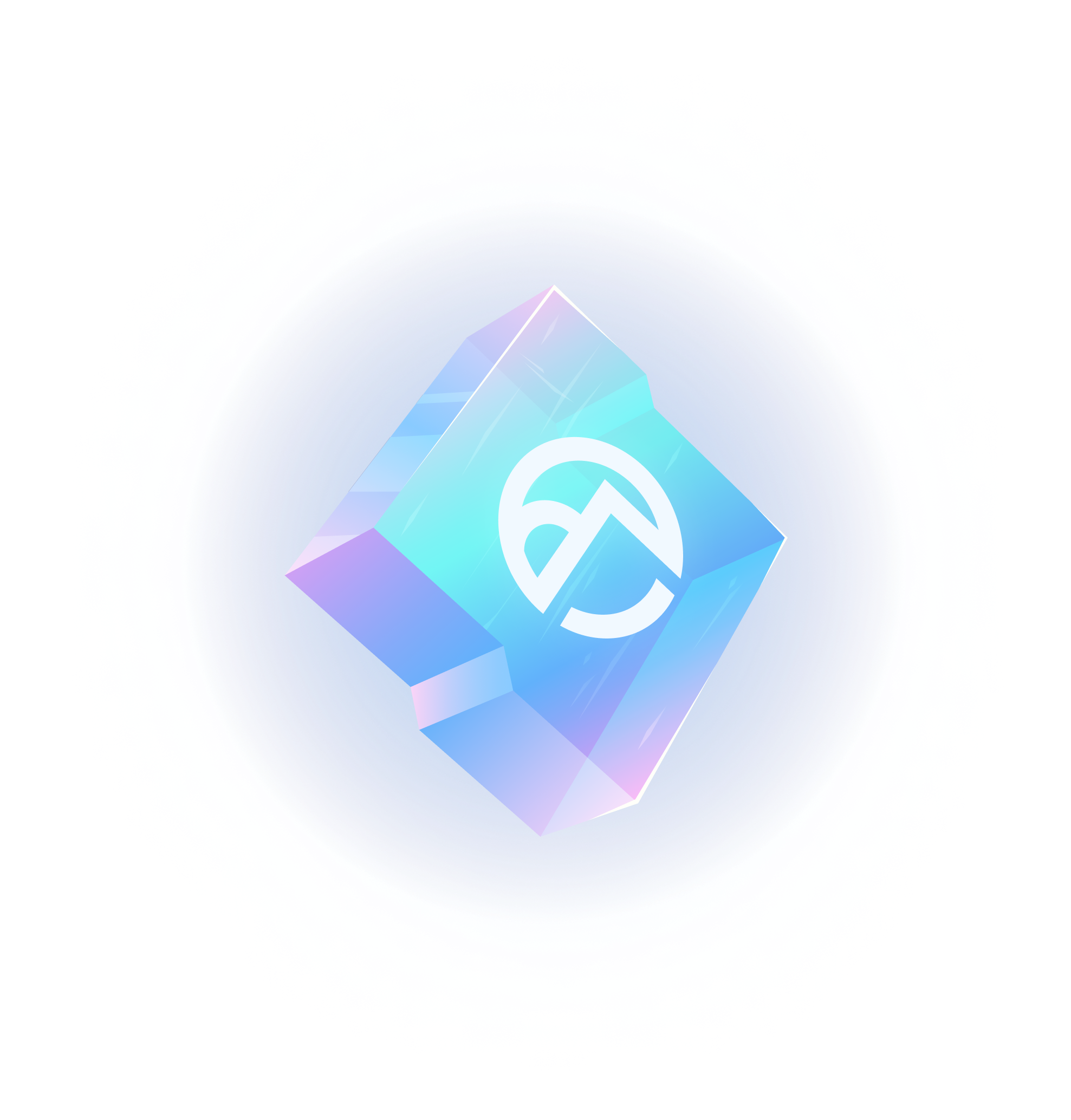In 2001, the Oakland Athletics were a losing baseball team in desperate need of a turnaround. They had far less money than other teams and were losing their star players, and fans along with them. One year later, they won a record 20 games in a row, forever changing the game of baseball in the process.
How did they do it? The A’s didn’t get a giant cash infusion or add a bunch of high-priced talent to the team. Instead, they uncovered a new way of looking at baseball. They found new data sets that gave them an unfair advantage over their competition.
The story of the 2002 A’s would go on to be memorialized as the subject of the book and film Moneyball. It also closely mirrors what is currently happening in the video game industry.
The gaming industry is currently experiencing a period of adjustment and maturation. As development costs soar and competition for player attention intensifies, studios are seeking ways to optimize their resources and find a competitive advantage. In this context, understanding player motivations and behaviors has become more critical than ever.
The right insights can help developers create more engaging experiences, improve player retention, market more efficiently, and ultimately drive profitability in an increasingly competitive market.
Motivations and behaviors have been used in game development for ages. In 1996, the Bartle Taxonomy of Player Types identified four, and then eight, player archetypes. Ten years later, the researcher Nick Yee expanded on this, introducing a motivation model that identified 12 gamer motivations.
That was almost 20 years ago. Today, gaming is having its Moneyball moment. There are two companies at the forefront of understanding player motivations. One is Quantic Foundry, a company that Yee co-founded that is built around his model of 12 gamer motivations.
The other is Solsten, which offers solutions across the spectrum — from Elaris, an AI-powered tool that makes psychological audience insights accessible to developers of all sizes through simple conversation, to comprehensive enterprise platforms for major studios. Solsten provides an entirely new dataset of over 250 scientific traits built on player psychology. For the first time, indie developers can access the same depth of player psychology that was previously available only to AAA studios with massive research budgets.
This new approach is unlocking studio capabilities across all sizes in the exact way that the A’s powered their way to victory in 2002.
These companies provide audience insights for game developers, but their approaches and methodologies differ in important ways. By examining their methodologies, technologies, and the depth and actionability of their insights, we can better understand how each company is working with developers in the current industry landscape.
As we look at this comparison, it’s important to keep in mind that the ultimate goal for developers is not just to understand player motivations, but to translate those insights into successful, profitable games that resonate with their target audience. With that context, let’s explore how Solsten and Quantic Foundry stack up across several key areas of player motivation analysis.
In this comparative analysis, we at Solsten aim to provide a comprehensive overview of two leading player motivation analysis services: Solsten and Quantic Foundry. While we strive for fairness in our comparison, we acknowledge our position as one of the companies being discussed.
Industry Experience and Expertise
Solsten has been working with AAA and casual game companies since 2018, collecting extensive player data the whole time. Solsten is a pioneer in machine learning and AI-driven player insights, with a strong emphasis on advancing human understanding through play.
Quantic Foundry’s founders have over a decade of experience studying player motivations, with numerous peer-reviewed publications. However, their specific industry experience and client track record are not well-documented.
Key Difference: While both companies have experience in the gaming industry, Solsten’s focus on AI technology and work with a diverse range of clients suggest a more comprehensive understanding of the gaming landscape.
Methodological Approach
Solsten employs a mixed-methods approach, combining adaptive psychological assessments with gameplay data. Solsten’s AI-powered system learns and improves over time, optimizing for validity and reliability.
Solsten’s approach ensures the highest level of accuracy in capturing player profiles while maintaining high response rates. Solsten’s psychological database is the largest in the world, representing 3.4 billion people globally. All data is collected anonymously, with a high emphasis placed on user privacy.
Quantic Foundry collects data through an online survey (Gamer Motivation Profile) with a sample of over 350,000 players. Their data is primarily based on behavioral data from two specific games: Ultima Online and Everquest. While their survey demonstrates strong psychometric properties, there are legitimate concerns about the representativeness of their sample across different player segments and game genres.
Key Difference: Solsten’s use of machine learning and adaptive assessment is distinct from Quantic Foundry’s static surveys and limited data sources. This suggests a more sophisticated, efficient, and broadly applicable data collection process that results in detailed, actionable, unique, and evolving player profiles across various game types.
Accessibility and Entry Points
Elaris by Solsten democratizes access to psychological player insights through conversational AI. Instead of complex surveys or enterprise implementations, developers can simply ask questions like “What motivates indie puzzle players?” or “How do competitive gamers differ psychologically?” This makes deep player psychology accessible to indie developers and smaller studios for the first time.
Solsten Enterprise provides comprehensive assessment platforms, API integrations, and dedicated research teams for major studios requiring large-scale implementation and custom research.
Quantic Foundry offers downloadable reports based on their 12-motivation framework, positioned between simple surveys and enterprise solutions.
Key Difference: Elaris bridges the gap between basic motivation surveys and expensive enterprise solutions, making sophisticated psychological insights accessible through conversation at an accessible price point.
Motivational Models
Solsten’s approach is grounded in psychometric research and uses adaptive psychological assessments to measure over 250 traits, including personality, values, and intrinsic motivations. Solsten captures the underlying psychological drivers of player behavior, rather than simply describing observed preferences. The adaptive psychological assessment that this data is derived from is scientifically valid, and rigorously developed and maintained to ensure effectiveness across different gaming contexts.
On the other hand, Quantic Foundry’s motivational model consists of 12 motivations grouped into three clusters: Action-Social, Mastery-Achievement, and Immersion-Creativity. However, some of these constructs, such as “Destruction,” “Competition and Community,” and “Design” are not intrinsic motivations — they are behavioral preferences, preferred gameplay styles, or gameplay tendencies.
Since motivations are meant to explain and understand behaviors, conflating the two can be problematic for developers seeking to understand the core drivers of player engagement. Quantic Foundry’s model is based on analyzing behavioral data from a small handful of games, and may have limited applicability to other game genres and audiences.
Key Difference: Solsten’s motivational model is more psychologically grounded, focusing on intrinsic motivations rather than observed behaviors. This approach provides a more adaptable and universally applicable framework for understanding player motivations across different game contexts, giving Solsten a distinct advantage over Quantic Foundry in this area.
Scope of Services
Solsten provides a wide range of services, including adaptive psychological assessments, unique profile creation, and resonance prediction. Solsten’s data goes far beyond demographics and motivations to include affinity data about brands, media, interests, and services, which is highly valuable for marketing teams and for discovering partnership opportunities.
Quantic Foundry primarily offers player motivation surveys and audience profiles, with less clarity on additional services like consulting or ongoing support.
Key Difference: Solsten’s extensive data offerings and suite of AI-powered, psychology-driven tools and services provides a broader scope than Quantic Foundry, allowing Solsten to impact all aspects of game development and optimization.
Actionability of Insights
Solsten emphasizes the actionability of insights, highlighting an ability to predict and measure future outcomes, such as player LTV, community impact, and resonance. Solsten provides specific examples of how the data provided can be used to inform game design, such as procedural level generation, dynamic difficulty adjustment, and personalized offering models. All of this information is accessed on Solsten’s web-based software.
Quantic Foundry provides detailed player motivation profiles benchmarked against their database, along with game recommendations tailored to different preferences. Their outputs come in the form of a downloadable report and static online dashboard.
Key Difference: Solsten’s focus on predictive analytics and concrete applications provides an edge over Quantic Foundry in terms of the actionability of insights. The interactivity and depth of the software’s capabilities is also superior to Quantic Foundry’s static reports.
Technology and Tools
Elaris leverages Solsten’s psychological database through a conversational AI interface, making insights accessible without technical integration. Developers can explore audience psychology instantly through natural language questions.
Solsten Enterprise features advanced AI-powered in-game adaptive assessment, player clustering, and predictive analytics. Solsten highlights the robustness and scalability of the machine learning models, which continuously learn and improve over time. Solsten also provides APIs and integration options for game developers to leverage insights directly within their games. This unlocks vast segmentation opportunities. For example, developers can see detailed psychological and motivational data on their highest LTV audience, which can then be used to market to likeminded individuals.
Quantic Foundry uses an online survey platform for data collection and statistical analysis tools like factor analysis for model development. However, they do not feature data reporting and integration capabilities.
Key Difference: Solsten’s emphasis on advanced AI technology and seamless integration with game development pipelines sets them apart from Quantic Foundry in terms of their technical capabilities.
Return on Investment
Elaris offers exceptional value for indie developers and smaller studios, providing access to enterprise-level psychological insights at a fraction of traditional research costs. Starting free with premium features available with a subscription, it makes sophisticated audience understanding accessible to developers who previously couldn’t afford player research.
Solsten Enterprise delivers transformative ROI for major studios through comprehensive assessment platforms and dedicated support, consistently boosting engagement, retention, and monetization.
Quantic Foundry may offer a lower initial cost, but their limited insights often result in minimal impact on game performance. Developers frequently find themselves unable to translate Quantic Foundry’s broad categorizations into meaningful design improvements.
Key Difference: Solsten’s approach is geared towards long-term, transformative impact on game performance across all studio sizes, while Quantic Foundry’s offerings may provide more limited, short-term gains.
Conclusion
The player motivation analysis landscape now offers options for every developer:
- Indie developers and small studios can access sophisticated psychological insights through Elaris‘s conversational interface, making enterprise-level understanding accessible for the first time
- Mid-size studios can choose between Quantic Foundry’s established framework or Elaris’s more nuanced psychological approach
- Major studios can leverage Solsten’s comprehensive enterprise platform for large-scale implementation and custom research
While Quantic Foundry has played a significant role in establishing the importance of player motivations in game development, Solsten represents the next generation of this field, offering more nuanced, adaptable, and actionable insights across all studio sizes.
The choice depends on your studio size, budget, and depth of insights needed. For the first time, psychological player understanding isn’t limited to studios with massive research budgets.
Start with accessible player psychology
New to player psychology research? Elaris makes sophisticated audience insights accessible through simple conversation. Explore what motivates your target players without expensive research teams or complex implementations.
Intrigued by the potential of advanced, AI-driven player motivation personas and analysis?



